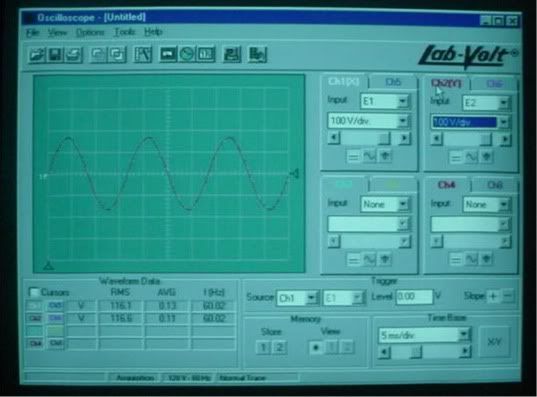Don Randall
Member
- Location
- Bethany, OK USA
crossman said:Sorry, already put the equipment away and am to weary to get it out again.
One thing to be understood concerning "adding".... when we use the neutral of the single-phase, 3-wire system as a reference, and then we take a voltage measurement from two points which does not include the neutral, we are actually measuring the potential DIFFERENCE of the two points and we must subtract, not add.
When you say potential DIFFERENCE, you are referring to VOLTAGE,(difference of potential), or EMF aren't you. Or are you implying that it is used as a math function in this context? Don



